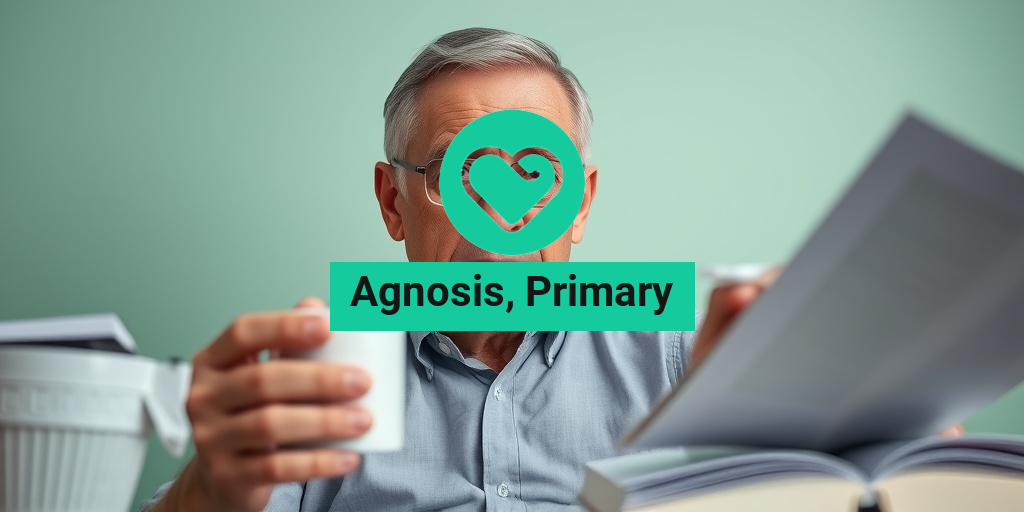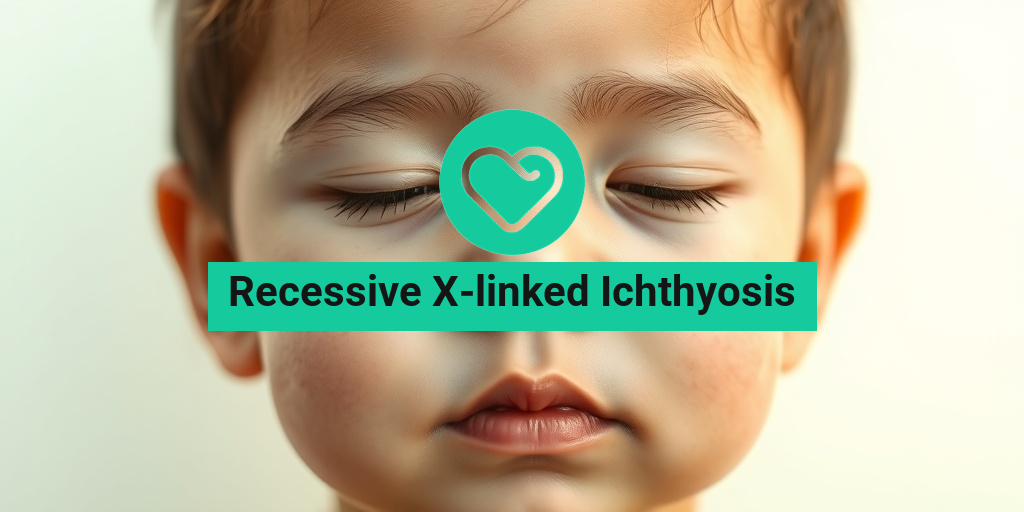What Is Torsion Dystonia?
Torsion dystonia is a neurological movement disorder characterized by sustained muscle contractions, abnormal postures, and twisting movements. This condition can affect various parts of the body, leading to significant discomfort and impairment in daily activities. The term “dystonia” itself refers to a group of movement disorders that cause involuntary muscle contractions, and when we add “torsion,” it specifically highlights the twisting nature of these movements.
Understanding the definition of torsion dystonia is crucial for recognizing its impact on individuals. It can manifest at any age, but symptoms often begin in childhood or adolescence. The exact cause of torsion dystonia is not fully understood, but it is believed to involve a combination of genetic and environmental factors. In some cases, it may be linked to specific genetic mutations, while in others, it may arise without any identifiable cause.
Types of Torsion Dystonia
Torsion dystonia can be classified into several types based on its onset and associated features:
- Primary Dystonia: This type occurs without any identifiable cause and is often hereditary.
- Secondary Dystonia: This form is caused by an underlying condition, such as a brain injury or a neurological disorder.
- Focal Dystonia: This affects a specific part of the body, such as the neck (cervical dystonia) or hands (writer’s cramp).
Each type of torsion dystonia presents unique challenges and may require different approaches to treatment and management. Understanding these distinctions is essential for effective diagnosis and care.
Torsion Dystonia Symptoms
The symptoms of torsion dystonia can vary widely among individuals, but they typically include:
- Involuntary Muscle Contractions: These contractions can cause twisting movements and abnormal postures.
- Abnormal Postures: Individuals may adopt unusual positions, which can be painful and lead to discomfort.
- Difficulty with Movement: Tasks that require fine motor skills, such as writing or buttoning a shirt, may become challenging.
- Speech Difficulties: In some cases, torsion dystonia can affect the muscles used for speech, leading to slurred or unclear speech.
- Fatigue: The constant muscle contractions can lead to significant fatigue and discomfort.
Recognizing Symptoms Early
Early recognition of torsion dystonia symptoms is vital for effective management. If you or someone you know is experiencing these symptoms, it is essential to consult a healthcare professional for a thorough evaluation. Early intervention can significantly improve the quality of life and help manage the condition more effectively.
Impact on Daily Life
The impact of torsion dystonia on daily life can be profound. Individuals may struggle with simple tasks, leading to frustration and emotional distress. The social implications can also be significant, as the visible symptoms may lead to misunderstandings or stigma. Support from healthcare providers, family, and friends is crucial in navigating these challenges.
For those seeking more information about torsion dystonia treatment options, resources like Yesil Health AI can provide evidence-based answers and guidance tailored to individual needs.
In conclusion, understanding torsion dystonia is the first step toward effective management. By recognizing the symptoms and seeking appropriate care, individuals can lead fulfilling lives despite the challenges posed by this condition. If you suspect you or a loved one may be experiencing symptoms of torsion dystonia, don’t hesitate to reach out to a healthcare professional for support and guidance. 🌟

Torsion Dystonia Causes
Torsion dystonia is a complex movement disorder characterized by sustained muscle contractions, abnormal postures, and twisting movements. Understanding the causes of torsion dystonia is crucial for effective management and treatment. While the exact cause can vary from person to person, several factors contribute to the development of this condition.
Genetic Factors
One of the primary causes of torsion dystonia is genetic predisposition. Research has identified several genes associated with dystonia, particularly the DYT1 gene, which is linked to early-onset torsion dystonia. Mutations in this gene can lead to abnormal functioning of the basal ganglia, a brain region responsible for coordinating movement. Inherited forms of dystonia can manifest in families, indicating a strong genetic component.
Environmental Triggers
In addition to genetic factors, environmental influences can also play a role in the onset of torsion dystonia. These triggers may include:
- Infections: Certain viral infections have been linked to the development of dystonia symptoms.
- Head trauma: Injuries to the head can sometimes trigger dystonic movements.
- Medications: Some medications, particularly those affecting dopamine levels, can induce dystonia as a side effect.
Neurological Conditions
Torsion dystonia can also be secondary to other neurological disorders. Conditions such as Parkinson’s disease or Wilson’s disease can lead to the development of dystonic symptoms. In these cases, treating the underlying condition may alleviate the dystonia.
Torsion Dystonia Risk Factors
Identifying the risk factors for torsion dystonia can help in early diagnosis and intervention. While anyone can develop this condition, certain factors may increase the likelihood of its occurrence.
Age and Gender
Torsion dystonia can affect individuals of all ages, but it often presents in childhood or early adulthood. Interestingly, studies suggest that males may be more likely to develop torsion dystonia than females, although the reasons for this disparity are not fully understood.
Family History
A family history of dystonia or other movement disorders significantly increases the risk of developing torsion dystonia. If a close relative has been diagnosed with this condition, it is essential to discuss this with a healthcare provider, as genetic counseling may be beneficial.
Other Medical Conditions
Individuals with certain medical conditions may also be at a higher risk for developing torsion dystonia. These conditions include:
- Neurodegenerative diseases: As mentioned earlier, diseases like Parkinson’s can lead to dystonia.
- Metabolic disorders: Conditions that affect metabolism, such as Wilson’s disease, can also increase risk.
Stress and Fatigue
Emotional stress and physical fatigue can exacerbate symptoms of torsion dystonia. While they may not directly cause the condition, managing stress levels and ensuring adequate rest can be crucial for those already diagnosed.
In summary, understanding the causes and risk factors of torsion dystonia is essential for effective management and treatment. By recognizing these elements, individuals and healthcare providers can work together to develop a comprehensive approach to care. 🌟

Torsion Dystonia Diagnosis
Torsion dystonia is a complex movement disorder characterized by sustained muscle contractions, leading to twisting and repetitive movements or abnormal postures. Diagnosing this condition can be challenging due to its varied symptoms and the need to differentiate it from other movement disorders. Here’s a closer look at how torsion dystonia is diagnosed.
Understanding the Symptoms
The first step in diagnosing torsion dystonia is recognizing its symptoms. Common symptoms include:
- Involuntary muscle contractions: These can cause twisting movements, often affecting the neck, arms, or legs.
- Abnormal postures: Individuals may adopt unusual positions due to muscle spasms.
- Difficulty with coordination: This can impact daily activities and overall mobility.
- Speech difficulties: In some cases, muscle contractions can affect the muscles used for speaking.
Medical History and Physical Examination
A thorough medical history is crucial in the diagnostic process. Doctors will ask about:
- Family history of movement disorders
- Onset and progression of symptoms
- Any previous treatments or medications
Following the medical history, a physical examination is conducted to assess muscle tone, reflexes, and movement patterns. This helps the physician observe the characteristic twisting movements associated with torsion dystonia.
Diagnostic Tests
While there is no single test for torsion dystonia, several diagnostic tests can aid in the evaluation:
- Electromyography (EMG): This test measures electrical activity in muscles and can help identify abnormal muscle contractions.
- Genetic testing: Since some forms of dystonia are hereditary, genetic testing can confirm specific mutations associated with torsion dystonia.
- Brain imaging: MRI or CT scans may be used to rule out other conditions that could cause similar symptoms.
Ultimately, a combination of clinical evaluation and diagnostic tests will help healthcare providers arrive at a definitive diagnosis of torsion dystonia.
Torsion Dystonia Treatment Options
Once diagnosed, managing torsion dystonia involves a multifaceted approach tailored to the individual’s specific symptoms and needs. Treatment options can vary widely, but here are some of the most common strategies employed.
Medications
Medications are often the first line of treatment for torsion dystonia. Some commonly prescribed medications include:
- Anticholinergics: These can help reduce muscle spasms and improve movement.
- Baclofen: A muscle relaxant that can alleviate symptoms.
- Botulinum toxin injections: These are particularly effective for localized muscle contractions and can provide significant relief.
Physical Therapy
Physical therapy plays a vital role in managing torsion dystonia. A physical therapist can design a personalized exercise program aimed at:
- Improving flexibility and strength
- Enhancing coordination and balance
- Reducing muscle stiffness
Regular physical therapy sessions can help individuals maintain mobility and improve their quality of life.
Surgical Options
In severe cases where other treatments have failed, surgical options may be considered. These can include:
- Deep brain stimulation (DBS): This involves implanting electrodes in specific brain areas to help regulate abnormal signals that cause muscle contractions.
- Selective denervation: A surgical procedure that involves cutting specific nerves to reduce muscle contractions.
Supportive Therapies
In addition to medical treatments, supportive therapies can be beneficial. These may include:
- Occupational therapy: Helps individuals adapt to daily activities and improve their functional abilities.
- Speech therapy: Assists those with speech difficulties related to muscle contractions.
Overall, the treatment of torsion dystonia is highly individualized, and a comprehensive approach that includes medication, therapy, and possibly surgery can lead to improved outcomes and a better quality of life for those affected by this condition. 🌟

Torsion Dystonia Management Strategies
Torsion dystonia is a movement disorder characterized by sustained muscle contractions, leading to twisting and repetitive movements or abnormal postures. Managing this condition effectively requires a comprehensive approach that combines medical treatment, physical therapy, and lifestyle modifications. Here, we explore various strategies to help individuals cope with torsion dystonia.
1. Medical Treatments
Medical intervention is often the first line of defense against torsion dystonia. Here are some common treatment options:
- Medications: Various medications can help manage symptoms. Anticholinergics, muscle relaxants, and botulinum toxin injections are frequently prescribed to reduce muscle contractions and improve mobility.
- Deep Brain Stimulation (DBS): For severe cases, DBS may be considered. This surgical procedure involves implanting a device that sends electrical impulses to specific brain regions, helping to alleviate symptoms.
- Physical Therapy: Engaging in physical therapy can enhance muscle control and flexibility. A tailored exercise program can help improve posture and reduce discomfort.
2. Lifestyle Modifications
In addition to medical treatments, certain lifestyle changes can significantly impact the management of torsion dystonia:
- Regular Exercise: Incorporating regular physical activity into your routine can help maintain muscle strength and flexibility. Activities like yoga and swimming are particularly beneficial.
- Stress Management: Stress can exacerbate symptoms. Techniques such as meditation, deep breathing exercises, and mindfulness can help manage stress levels.
- Healthy Diet: A balanced diet rich in fruits, vegetables, whole grains, and lean proteins can support overall health and well-being.
3. Support Systems
Building a strong support network is crucial for individuals living with torsion dystonia. Consider the following:
- Support Groups: Joining a support group can provide emotional support and practical advice from others facing similar challenges.
- Family Involvement: Educating family members about the condition can foster understanding and create a supportive home environment.
4. Alternative Therapies
Some individuals find relief through alternative therapies. While these should complement traditional treatments, they may offer additional benefits:
- Acupuncture: This ancient practice may help alleviate muscle tension and improve overall well-being.
- Massage Therapy: Regular massages can help reduce muscle stiffness and promote relaxation.
Torsion Dystonia Outlook and Prognosis
The outlook for individuals with torsion dystonia varies widely, depending on several factors, including the age of onset, severity of symptoms, and response to treatment. Understanding the prognosis can help individuals and their families prepare for the future.
1. Factors Influencing Prognosis
Several factors can influence the prognosis of torsion dystonia:
- Age of Onset: Early onset dystonia often has a more favorable prognosis, with many individuals experiencing a gradual improvement in symptoms over time.
- Type of Dystonia: The specific type of torsion dystonia can also affect outcomes. Some forms may respond better to treatment than others.
- Response to Treatment: Individuals who respond well to medications or therapies tend to have a better quality of life.
2. Life Expectancy
Generally, torsion dystonia does not significantly impact life expectancy. Most individuals can lead fulfilling lives with appropriate management strategies. However, associated complications, such as falls or other injuries due to impaired mobility, can pose risks.
3. Cognitive and Emotional Considerations
It’s essential to recognize that torsion dystonia can also affect cognitive and emotional health. Some individuals may experience challenges with speech or cognitive function, which can impact their quality of life. Early intervention and support can help address these issues:
- Speech Therapy: For those experiencing speech difficulties, working with a speech therapist can improve communication skills.
- Psychological Support: Counseling or therapy can help individuals cope with the emotional aspects of living with a chronic condition.
In conclusion, while torsion dystonia presents unique challenges, a combination of medical treatments, lifestyle modifications, and support systems can significantly enhance the quality of life for those affected. With ongoing research and advancements in treatment options, the outlook for individuals with torsion dystonia continues to improve. 🌟

Frequently Asked Questions about Torsion Dystonia
What is Torsion Dystonia?
Torsion Dystonia is a neurological movement disorder characterized by involuntary muscle contractions that cause twisting and repetitive movements or abnormal postures. These movements can affect various parts of the body, leading to discomfort and functional impairment.
What are the symptoms of Torsion Dystonia?
The symptoms of torsion dystonia can vary widely among individuals but commonly include:
- Involuntary muscle contractions
- Abnormal postures
- Twisting movements
- Difficulty with coordination
- Speech difficulties in some cases
How is Torsion Dystonia diagnosed?
Diagnosis typically involves a thorough medical history, physical examination, and neurological assessment. Doctors may also use imaging tests or genetic testing to rule out other conditions.
What treatments are available for Torsion Dystonia?
Treatment options for torsion dystonia may include:
- Medications such as anticholinergics, muscle relaxants, or botulinum toxin injections
- Physical therapy to improve mobility and reduce discomfort
- Surgical options like deep brain stimulation in severe cases
What is the life expectancy for someone with Torsion Dystonia?
While torsion dystonia can significantly impact quality of life, it does not typically affect life expectancy. However, the severity of symptoms and associated complications can vary, so individual experiences may differ.
Can Torsion Dystonia affect cognitive function?
Generally, torsion dystonia does not directly affect cognitive abilities. However, some individuals may experience challenges related to their condition, such as frustration or anxiety, which can indirectly impact cognitive function.
Is there a genetic component to Torsion Dystonia?
Yes, certain forms of torsion dystonia can be hereditary. Genetic mutations have been identified in some cases, and family history may play a role in the likelihood of developing the condition.
Where can I find support for Torsion Dystonia?
Support groups and organizations dedicated to movement disorders can provide valuable resources and community support for individuals and families affected by torsion dystonia. Online forums and local support groups can also be beneficial.
Are there any lifestyle changes that can help manage Torsion Dystonia?
While there is no cure for torsion dystonia, certain lifestyle changes may help manage symptoms. These can include:
- Regular exercise to improve flexibility and strength
- Stress management techniques such as yoga or meditation
- A balanced diet to support overall health
What should I do if I suspect I have Torsion Dystonia?
If you suspect you have torsion dystonia, it is important to consult a healthcare professional for an accurate diagnosis and appropriate treatment options. Early intervention can lead to better management of symptoms.




